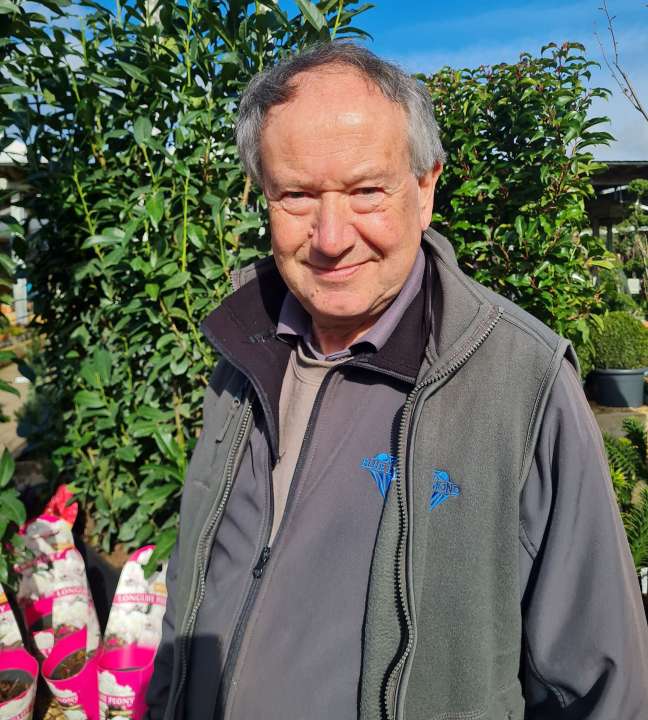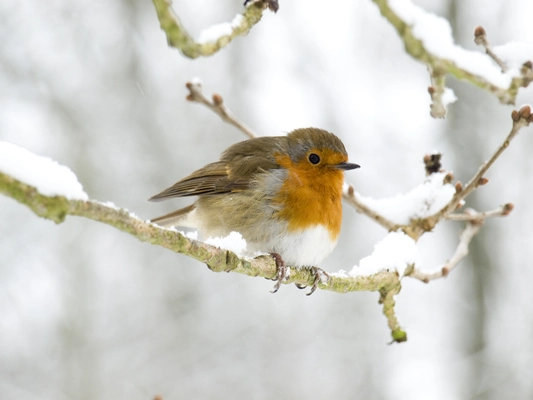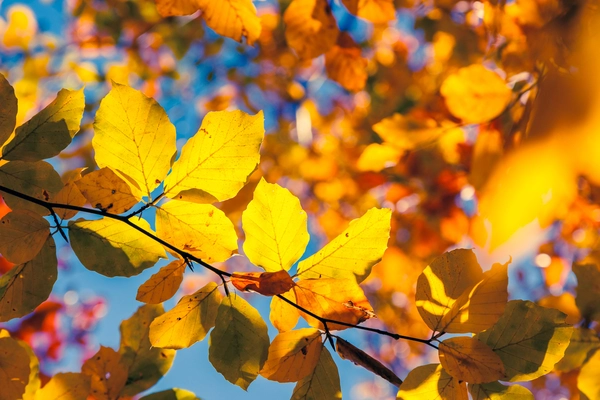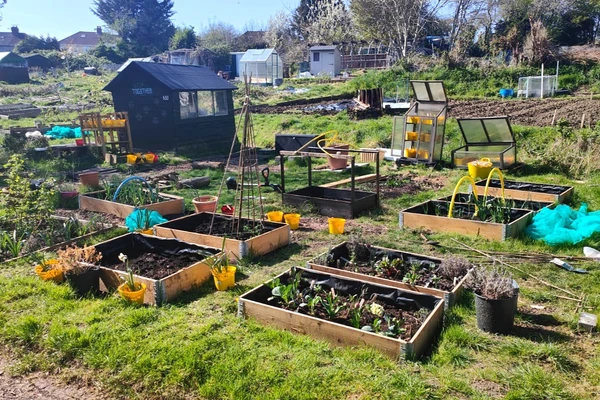October Notes from the Potting Shed
with Gardening Expert Chris Milborne
October is the month when you notice the biggest changes in the garden. Late summer fades, autumn begins, and glorious colours start to emerge. The timing depends on the weather – for the best displays we need warm days, cold nights, little wind and just enough rain. As pigments break down, leaves transform into brilliant shades of red, orange and yellow.
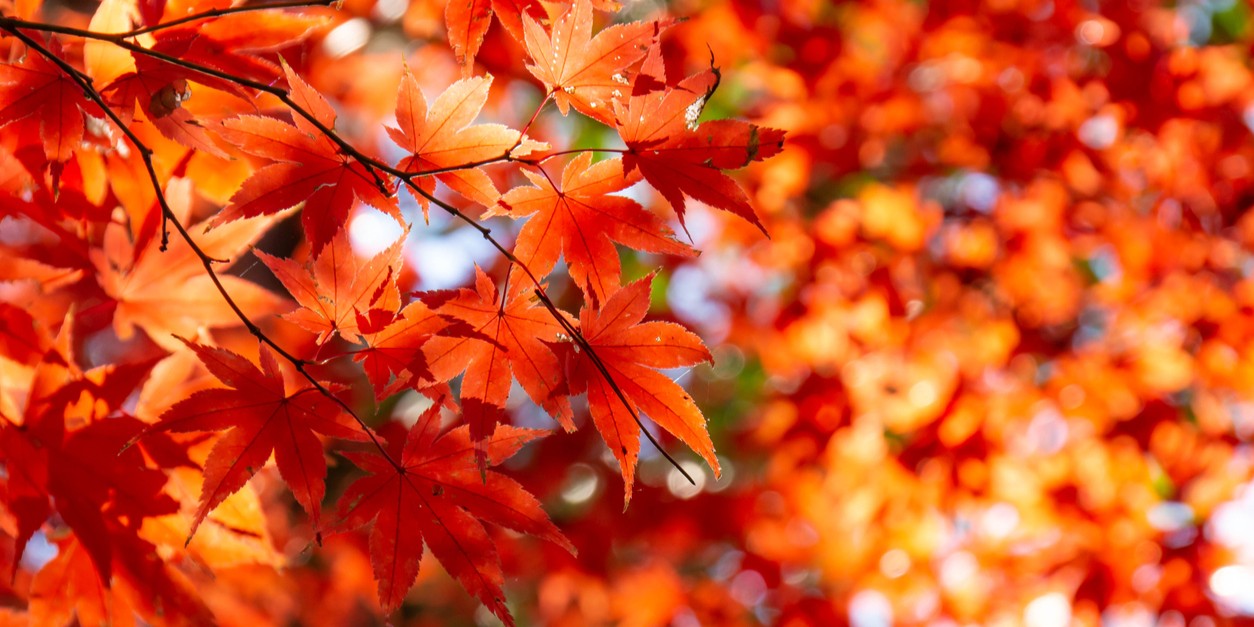
In my garden, Japanese Acers turn every shade of red and orange, Cotinus shifts from deep purple to glowing orange, Cornus lights up with yellow leaves, and Cercidiphyllum scents the air with toffee apples as its foliage changes. Even on grey days, flecks of sunlight shine on the golden seed heads of ornamental grasses, the late blooms of Asters, Penstemons and Rudbeckias, or autumn-flowering shrubs like Abelia, Caryopteris and Ceratostigma. Fruits and berries add to the show – from the jewel-like clusters of Callicarpa and Chaenomeles to the red, orange and yellow berries of Pyracantha and Cotoneaster, or the glossy crab apples that the birds can’t resist. Early morning mists and dew only add to the magic.
With the rains, herbaceous perennials have produced soft new growth, and some have collapsed. Now is the perfect time to tidy: cut back, redefine borders, trim lawn edges and hedges, and restore neat pathways. All this produces plenty of material for the compost heap. A good mix of green waste, shredded paper and cardboard makes excellent compost – but I avoid coffee grounds, citrus peel and perennial weeds. Fallen and diseased rose leaves should be raked up and burned or recycled to prevent black spot spores overwintering.
As you tidy, lift and divide herbaceous perennials that have outgrown their space. October is also one of the best months to plant trees, shrubs, roses, perennials and climbers. With the soil still warm from summer and moistened by autumn rain, roots establish well before winter. Lawns too are recovering from the dry summer – continue scarifying and aerating, reseed bare patches, or lay new turf for an instant finish.
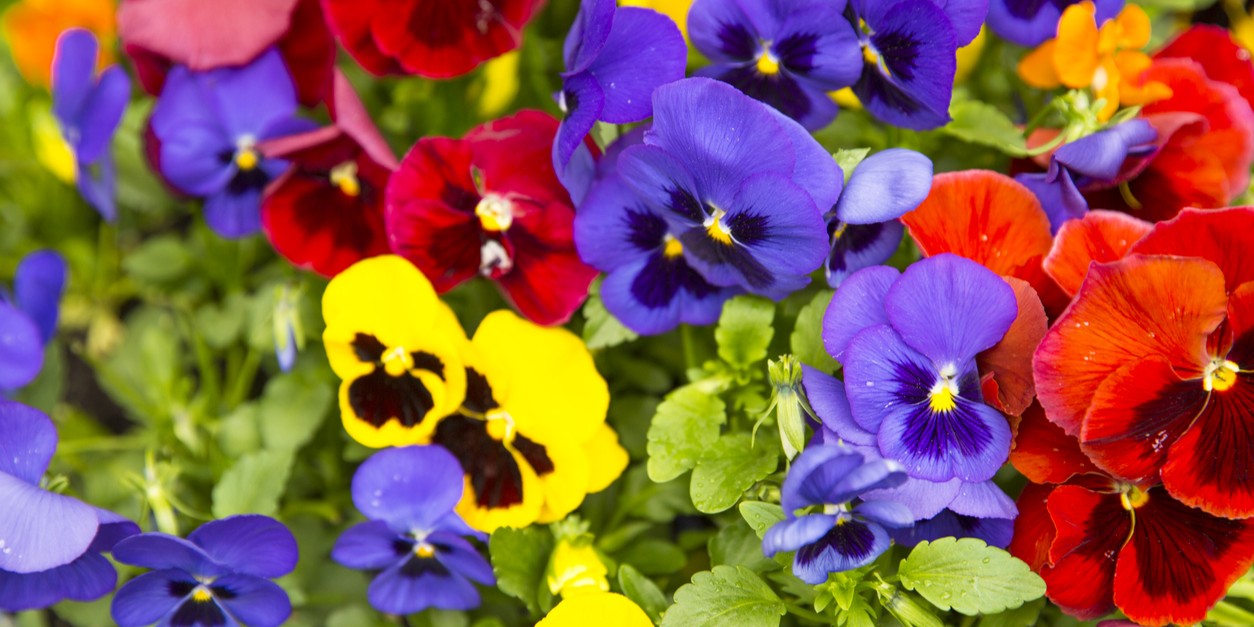
Containers are fading now, so refresh them with autumn and winter plants such as pansies, violas, bedding cyclamen and heathers. For foliage colour, Nandina and Leucothoe are excellent choices, while hellebores add dramatic spring flowers and marbled evergreen leaves. Mix these with bulbs, ivy or trailing thyme for layers of interest.
Speaking of bulbs, October is the start of the planting season. They bring uplifting colour from January to May, brightening gardens after winter’s gloom. Prepared hyacinths will flower for Christmas, while Paperwhite narcissi add a sweet fragrance indoors. Outdoors, bulbs are easy – tuck them into pots, lawns, beneath trees or among shrubs. I prefer planting one or two types per container for maximum impact. To deter squirrels from Crocus and Tulip bulbs, sprinkle chilli powder or flakes over the soil.
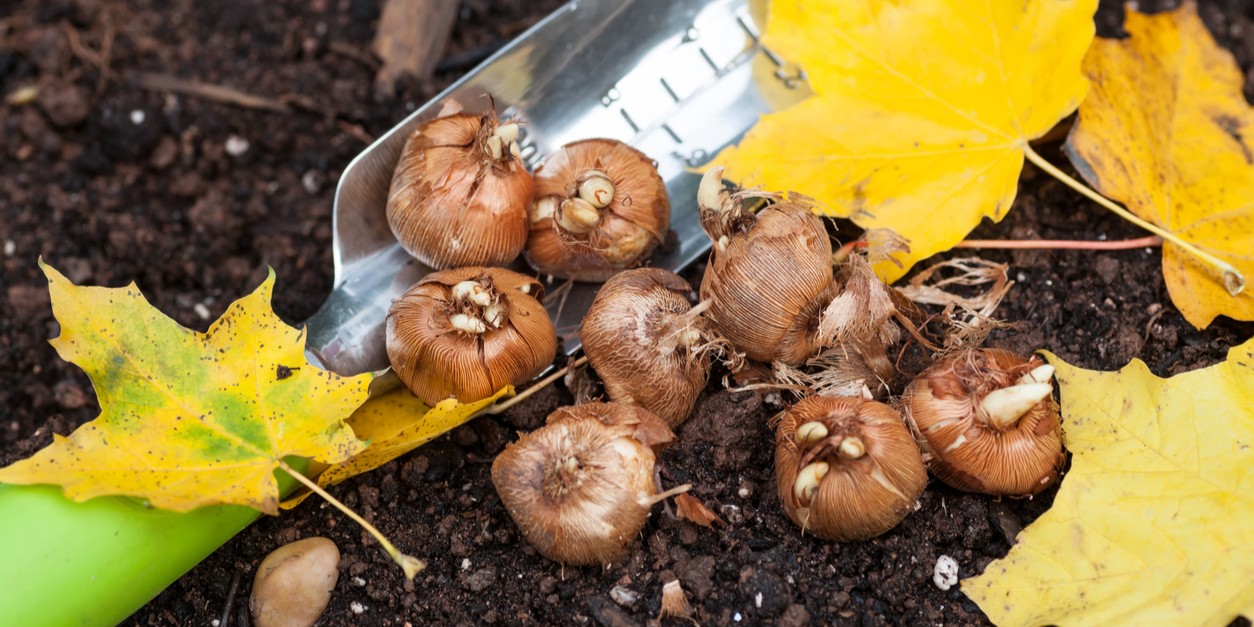
On the allotment, I’m planting overwintering onion sets and garlic, and planning new soft fruit beds after a brilliant harvest this year. October can begin with warmth but often ends with winter’s bite, so I keep fleece handy to protect tender plants.
Next month I’ll be preparing the allotment for the year ahead. Until then, make the most of the autumn garden – and enjoy.

